80+ species, including western lowland gorillas, Amur tigers, snow leopards, red pandas, giraffes, and African lions.
Quick overview
Number of species: 700+
Number of galleries: 17+
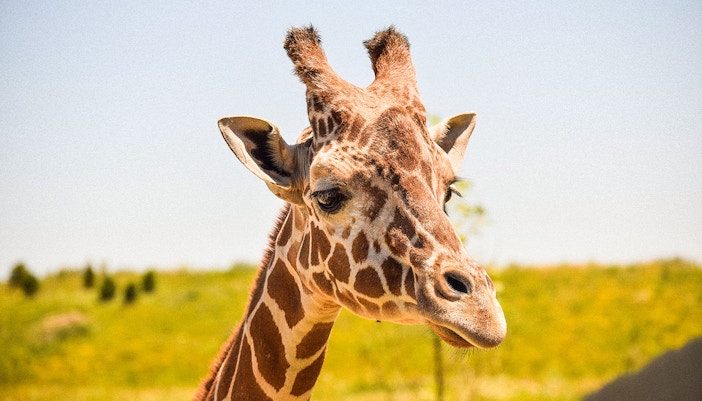
Mammals
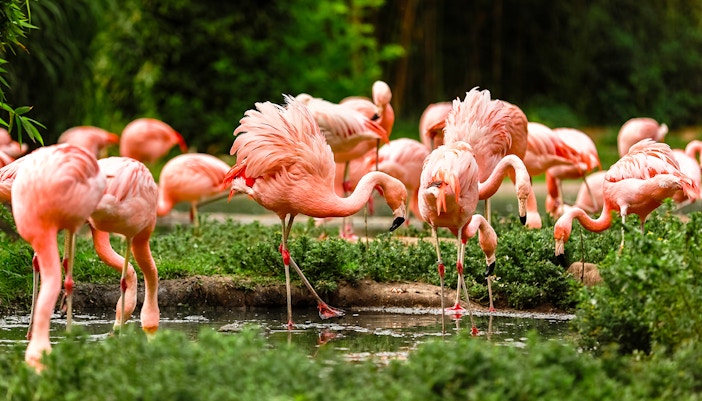
Birds
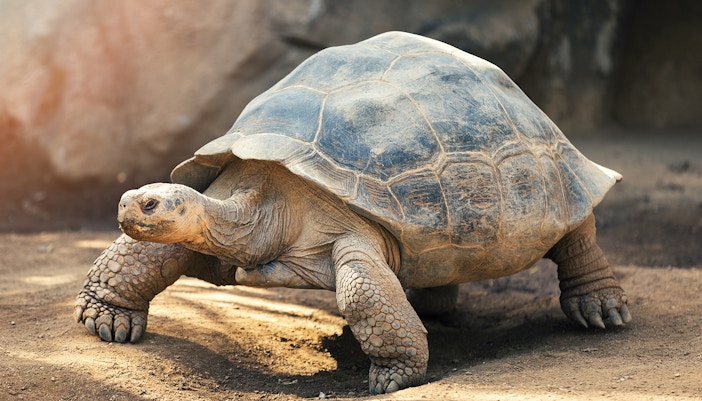
Reptiles
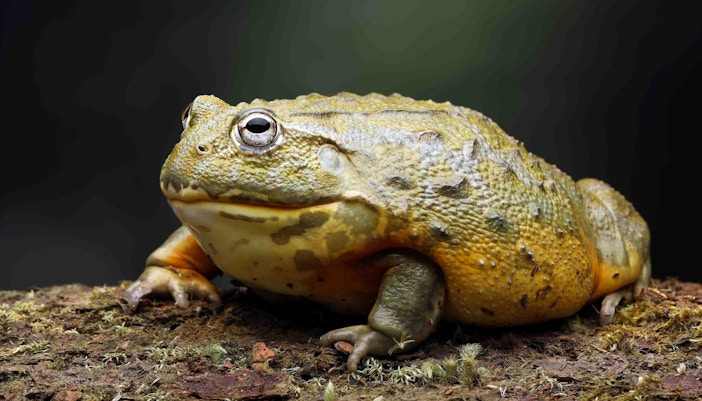
Amphibians
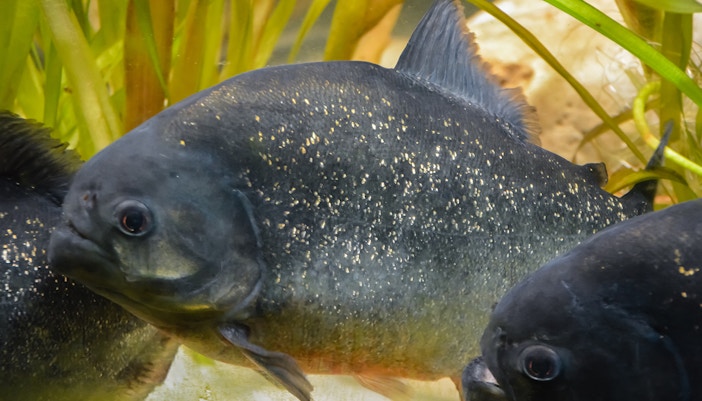
Fish
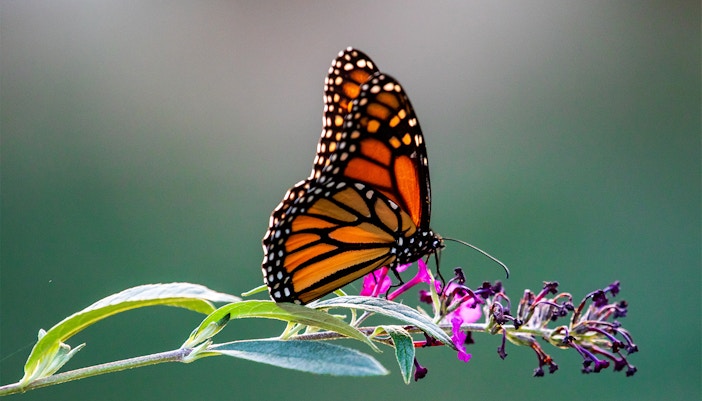
This guide will get you through the magnificent animal ecosystem of the Bronx Zoo and introduce you to some of the most popular animals.
Let's take a peek at what kind of animals are housed at the Bronx Zoo.
Number of species: 700+
Number of galleries: 17+






The zoo is a utopia of majestic beasts and adorable creatures that are hard to take your eyes off. Let's take a bird’s-eye view of some of the most popular animals of the Bronx Zoo.
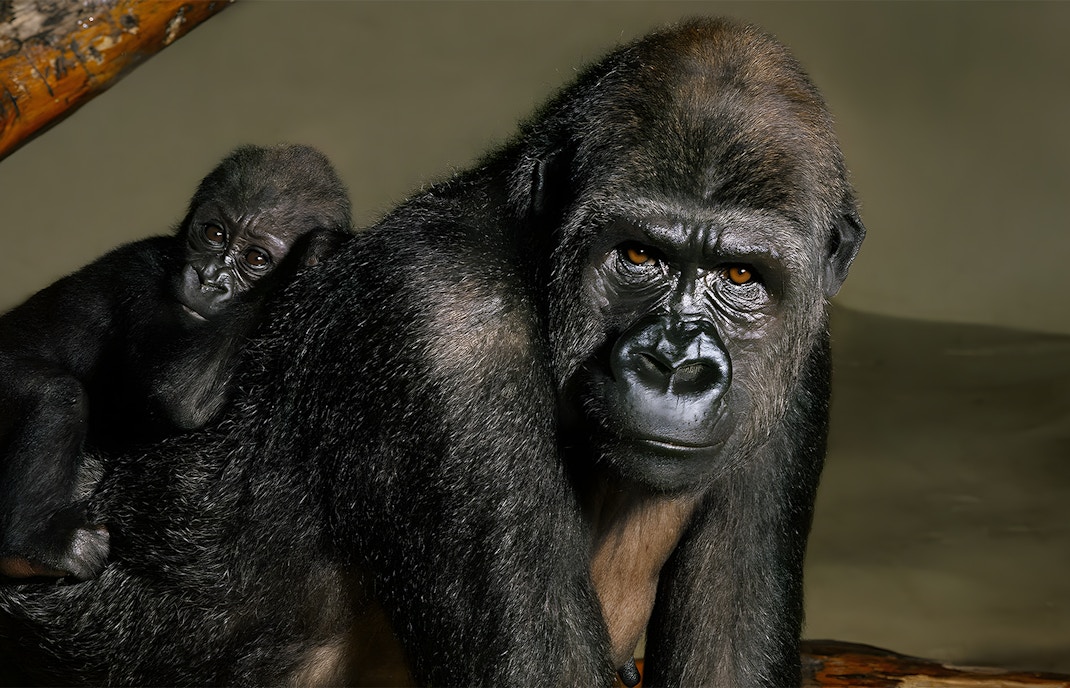
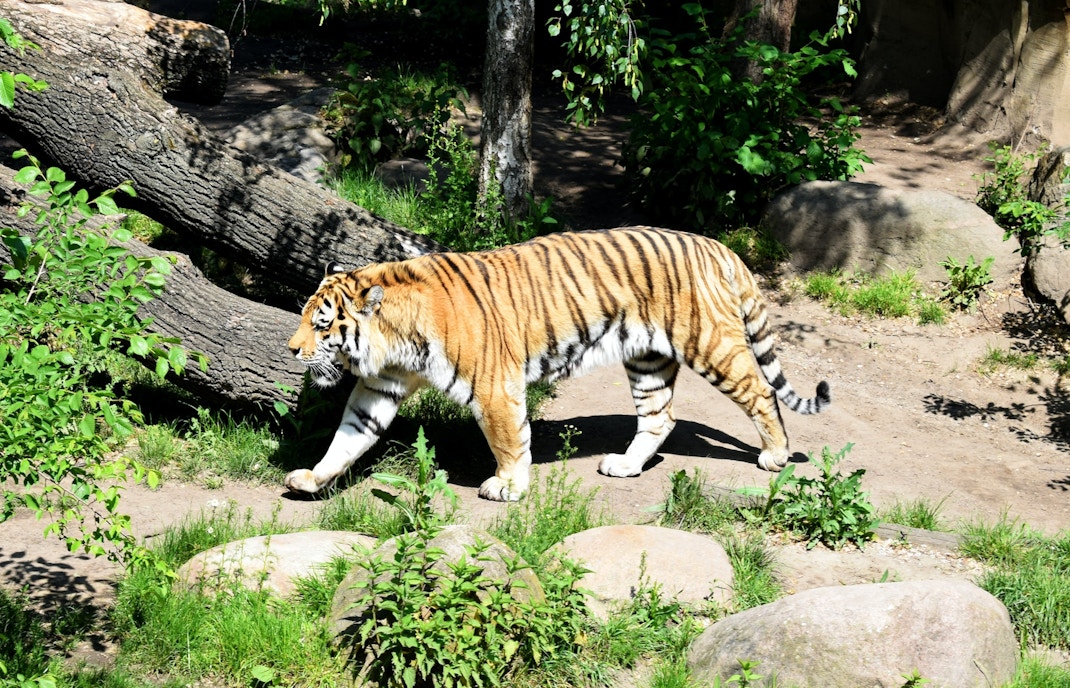
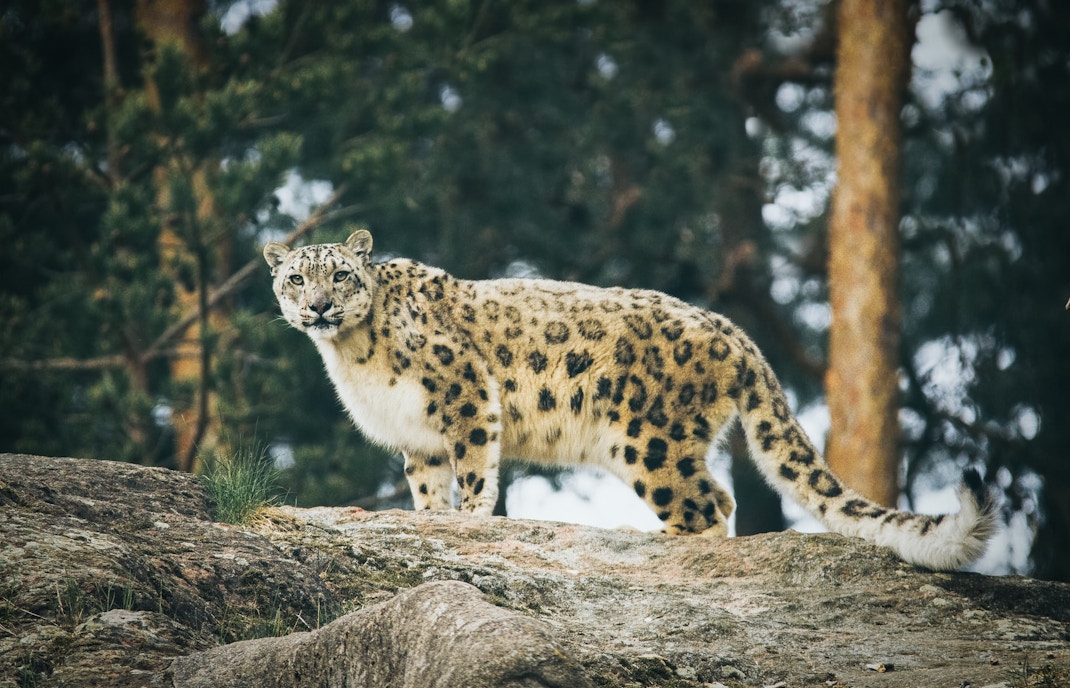
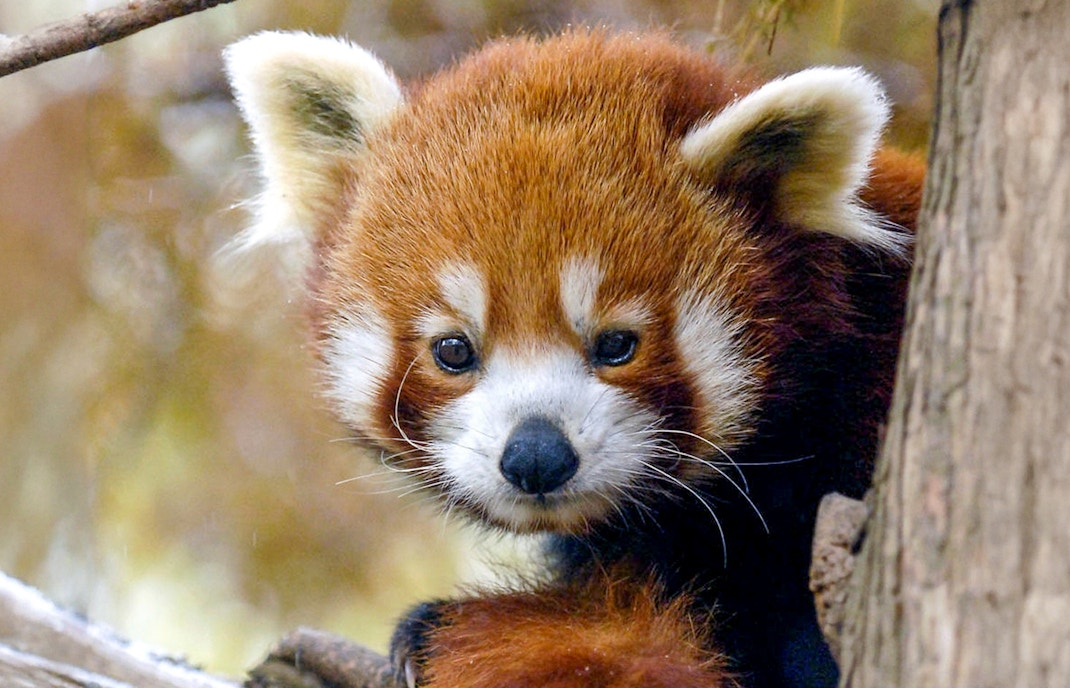
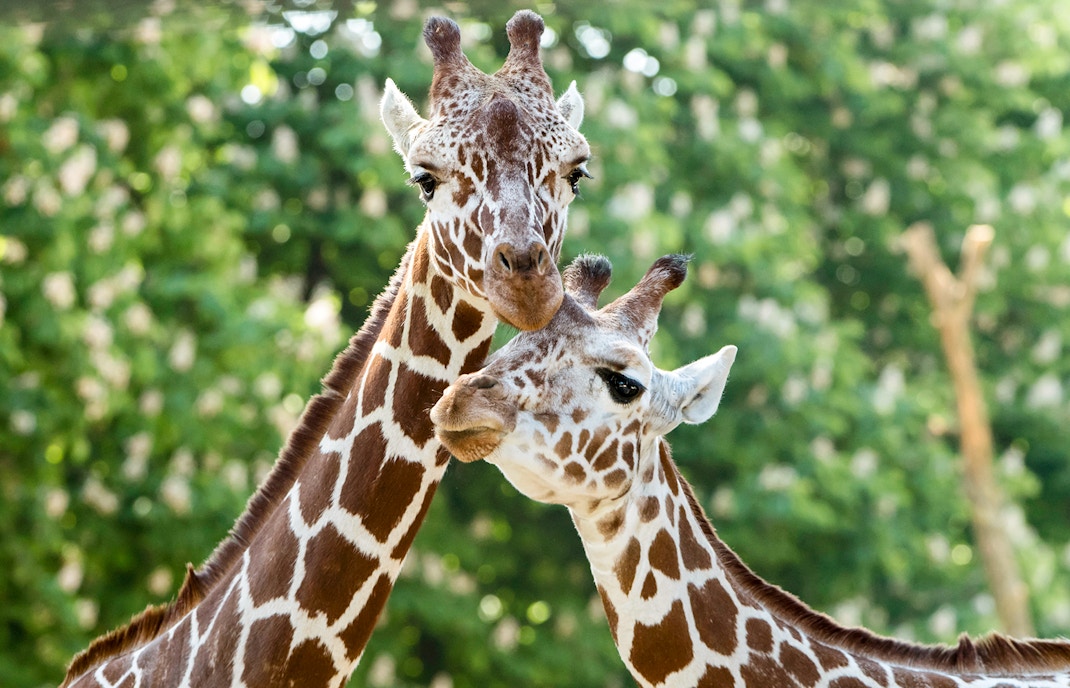
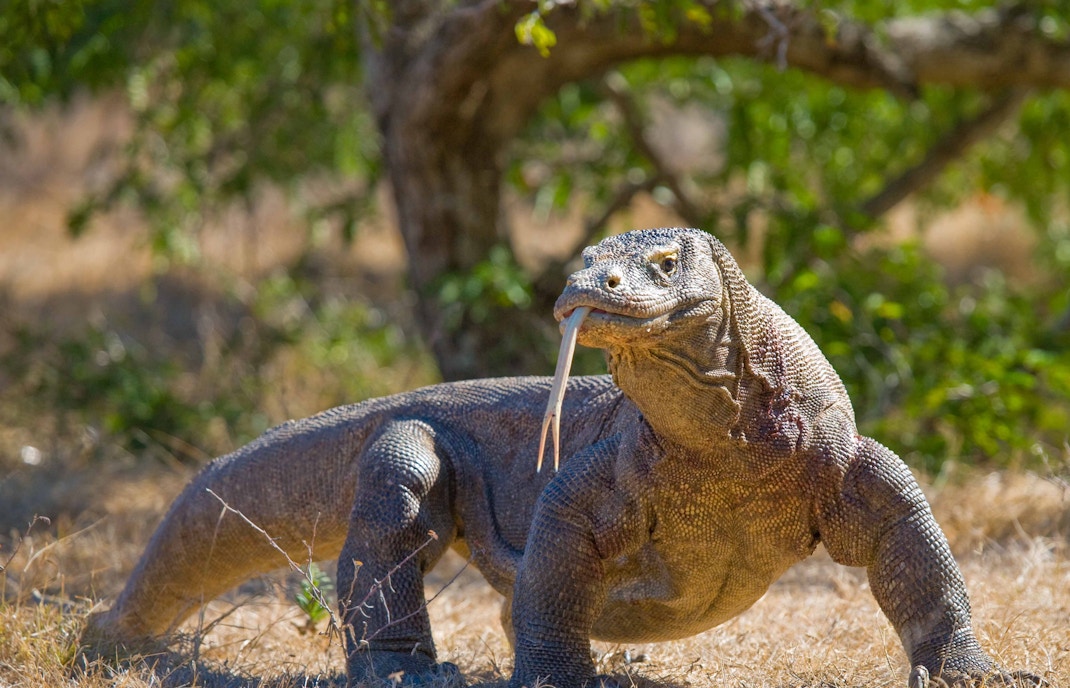
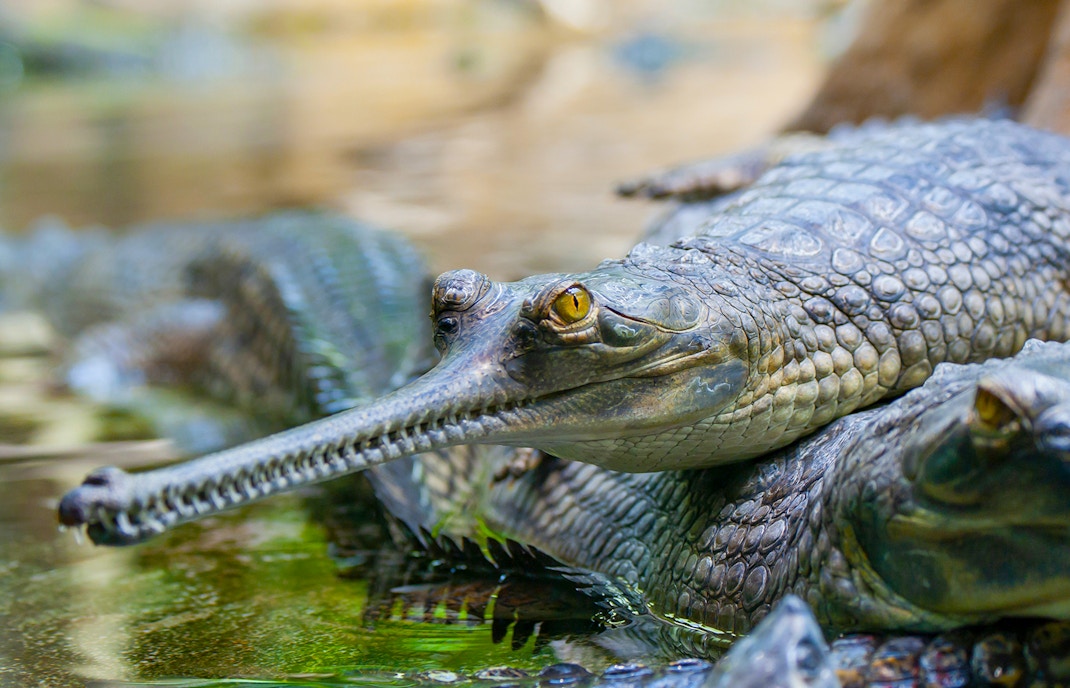
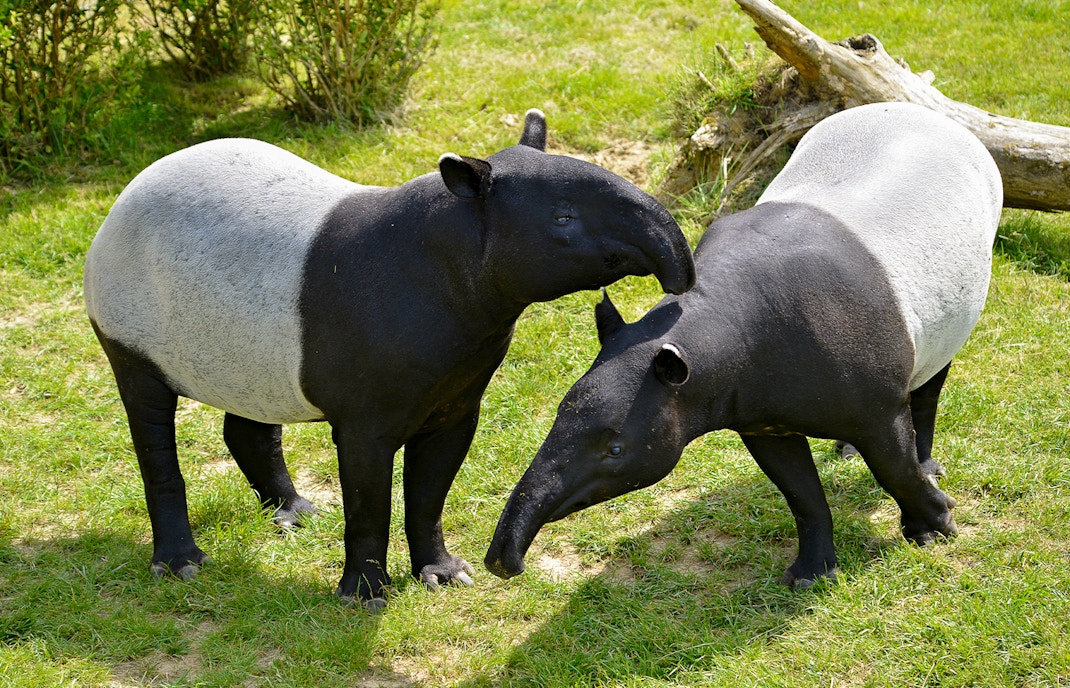
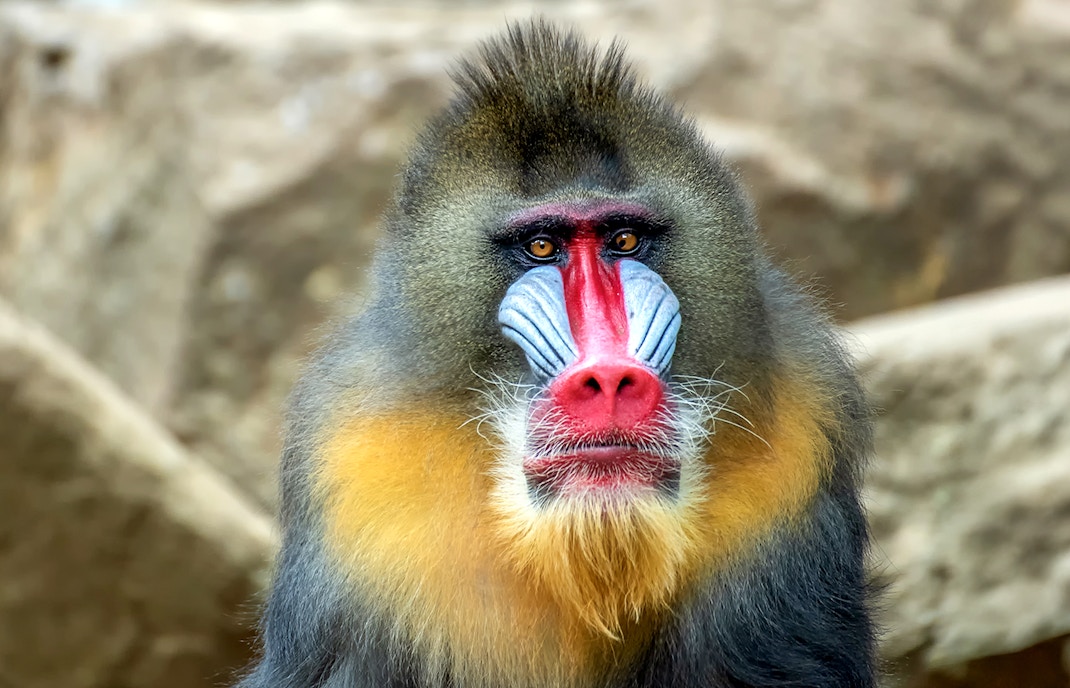

Bronx Zoo Tickets
Combo (Save 10%): New York Botanical Garden + Bronx Zoo Tickets
Virtual Wild Encounters at the Bronx Zoo are interactive, live online experiences that allow participants to connect with the zoo’s animals and expert keepers from anywhere in the world.
These sessions are perfect for families, classrooms, or special events, offering an engaging and educational experience. Check it out here.
Yes. The Children’s Zoo is an interactive area where kids can meet and touch friendly farm animals like goats, sheep, and donkeys.
Yes, the zoo houses many endangered and threatened species, including silvered langurs, Kihansi spray toads, and Coquerel's sifakas, and participates in conservation and breeding programs.
No. While some native species (like bald eagles and American bison) are featured, the zoo’s exhibits showcase global biodiversity.
No, general visitors are not allowed to feed the animals. Feeding is strictly prohibited to protect animal health and ensure proper nutrition.
Yes, the Bronx Zoo often announces new births, such as snow leopard cubs, Matschie's tree kangaroo joeys, and silvered langur infants.
The zoo offers natural habitats, enrichment activities, and engages in global conservation efforts to ensure animal welfare and species survival.